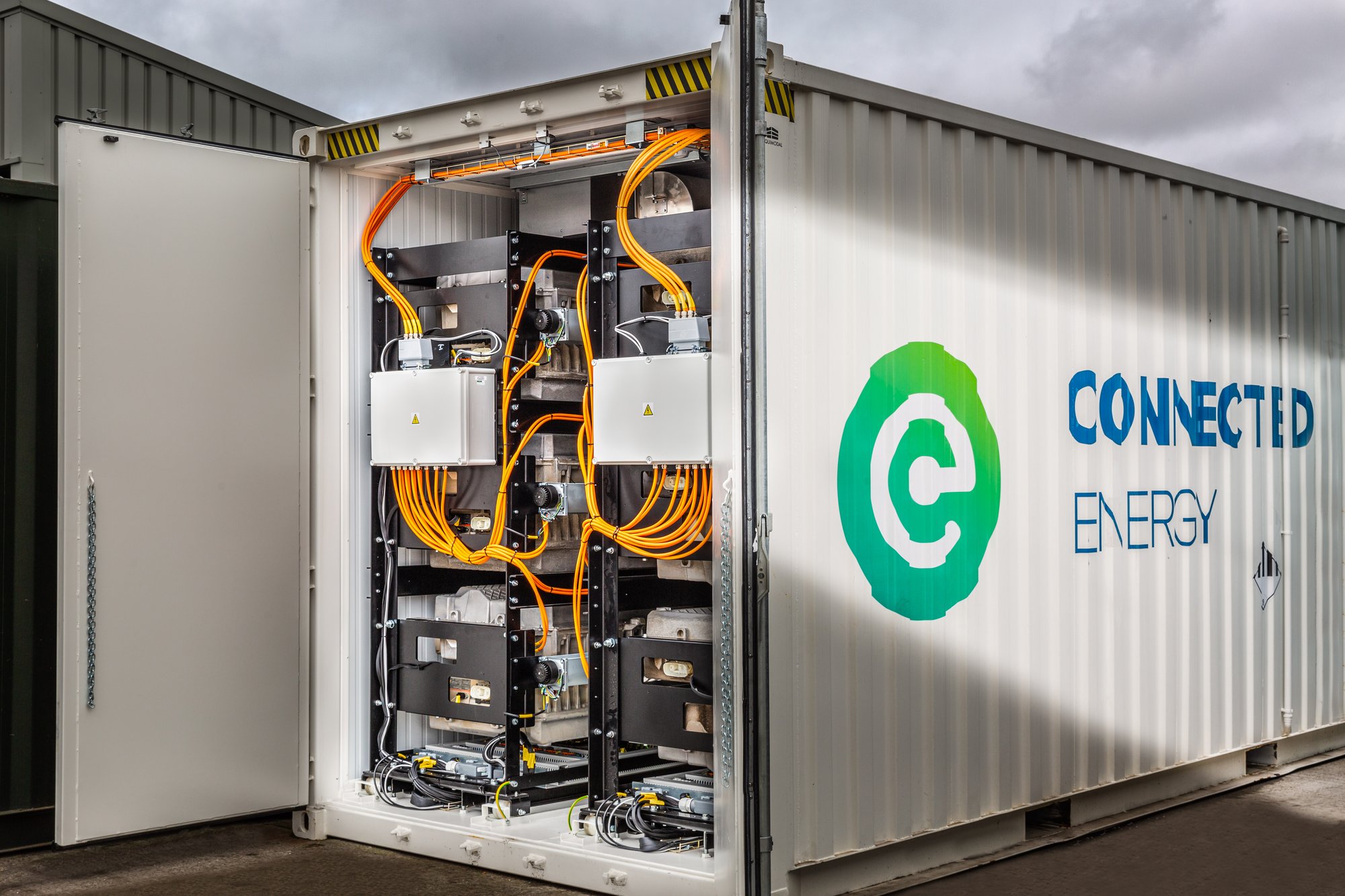Battery Energy Storage: A versatile tool for building decarbonisation
In this brochure, we explore some of the applications of battery energy storage to support the public sector towards its decarbonisation and net zero goals. To download your free guide for energy managers please provide your details below and you will be automatically emailed your PDF guide.
Download now:
Why this guide is right for you
In a time marked by a growing urgency to meet net zero targets, the role of energy managers has never been more important. Standing at the forefront of an organisation’s sustainability efforts, this role is required to navigate the need to align increasing energy consumption with carbon reductions and energy efficiency.
Battery energy storage is a tool that can transform decarbonisation for energy managers, thanks to its unique attributes and variety of applications. The technological solution is capable of enhancing carbon savings, reducing emissions as well as addressing peak demand challenges caused by electrification.
As we navigate towards net zero, this white paper offers insights, strategies, and case studies to showcase the role that battery energy storage can play in the journey to a greener, more sustainable future.
The benefits:
Capturing excess solar during off-peak times and releasing it when required.
Supporting electrification of heat and vehicles: managing peak loads and decarbonising energy used.
Part of a microgrid forming part of an overall building energy management system.
Support load management by programming to respond to loads on site.
About the speaker

Lisa Smith
About Lisa
Lorem ipsum dolor sit amet, consectetur adipiscing elit. Aliquam dictum massa neque, ut accumsan dui iaculis sit amet. Vivamus gravida placerat massa ut rutrum. Vestibulum nec dignissim lacus, at dapibus mi. Orci varius natoque penatibus et magnis dis parturient montes, nascetur ridiculus mus. Phasellus lobortis maximus scelerisque. Phasellus pulvinar condimentum erat, et ornare nulla hendrerit eget. Vestibulum fermentum ex mauris. Etiam porttitor mollis felis, sit amet gravida metus maximus eu. Nam at felis quis felis pretium facilisis nec et sem. Praesent consequat faucibus velit, et bibendum velit. Cras consequat odio cursus leo faucibus, quis hendrerit nunc consectetur. Sed euismod magna a dui dapibus iaculis.

The energy world is changing. We're here to power the charge ahead.
We're world leaders in battery energy storage systems. By repurposing used electric vehicle battery packs, we create an energy storage system to help businesses manage their power more effectively. We work closely with EV charging companies and local authorities to provide additional support for EV charging infrastructure.
Learn more about our work within the universities and local council sectors.
Any business with renewables on site could hugely benefit from a battery storage solution. For us, it will allow us to maximise the energy generated from our renewables by storing as much as we possibly can which means that we never need to go off our green tariff. It also gives the site a level of resilience that we otherwise would not have.
AMRC North West
This is the start of completely reimagining how we balance our energy onsite. We will be using the batteries in a number of different ways to help us smooth out the energy interactions between the solar farm, the air source heat pump, the gas CHP, and the import of energy.
Cranfield University